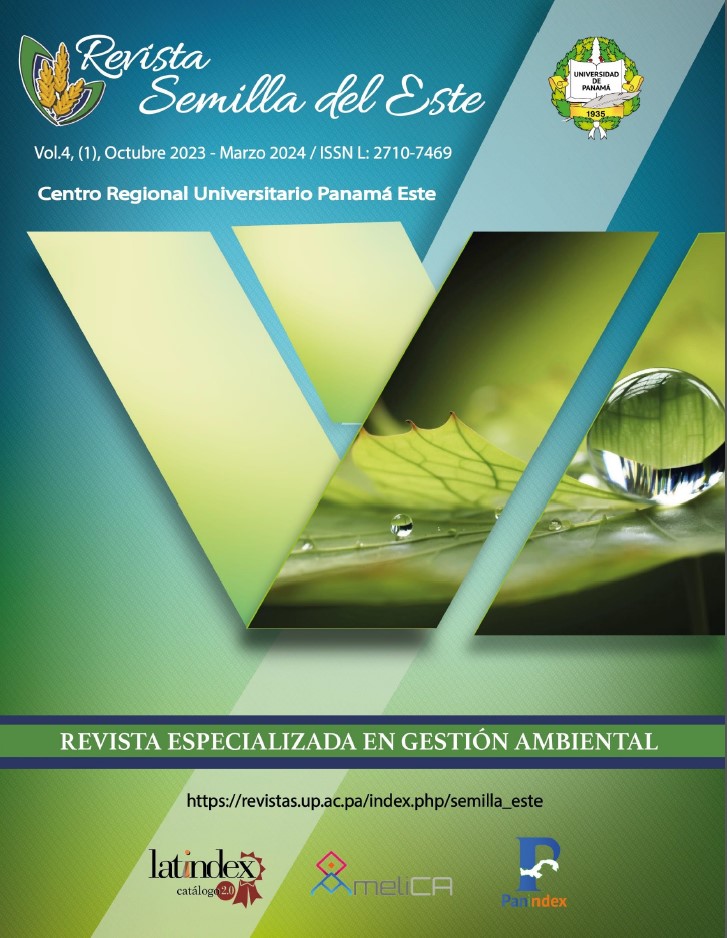


This work is licensed under a Creative Commons Attribution-NonCommercial-ShareAlike 4.0 International License.
This work was carried out with the objective of knowing the effect of planting density on kion var. ‘Criollo’ grown in degraded acid soil in Pichanaki, Chanchamayo, Peru. The test was carried out in the “Fundo Sancori”, C.P. San José de Alto Zotarari, Pichanaki (Junín). The experiment lasted 10 months and had a DBCA statistical design with 4 treatments [T1 = 50,000 plants/ha, T2 = 75,000 plants/ha, T3 = 100,000 plants/ha, T4 = 125,000 plants/ha] and 4 repetitions. Each u.e. had 6 rows of 9 plants/u.e. (54 plants/u.e) and the total number of shoots/plant, number of leaves/plant, plant height (cm), yield (g/plant and t/ha) and rhizome quality (exportable, industrial and discard type) were evaluated. ). It was found that a higher planting density did not affect the growth of the plant; but the rhizome weight and the yield/ha increased with the higher sowing density, the highest value corresponding to the highest density and the lowest, to the lowest density, values that were not statistically different. The quality varied from one treatment to another; no significant statistical differences were found between the treatments evaluated for the exportable and industrial type. For the discard type, the lowest value corresponded to the treatment with the least amount of plants/ha (T1), statistically different from the rest of the treatments.